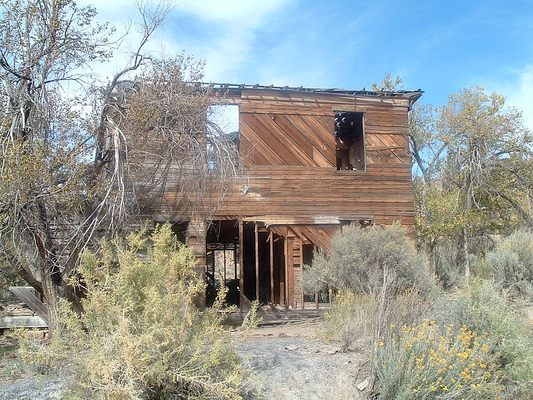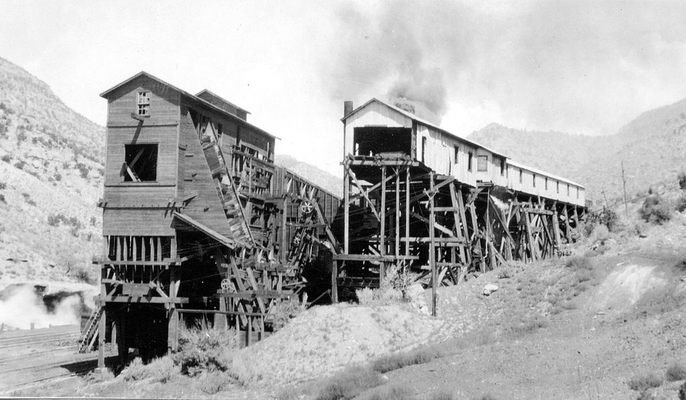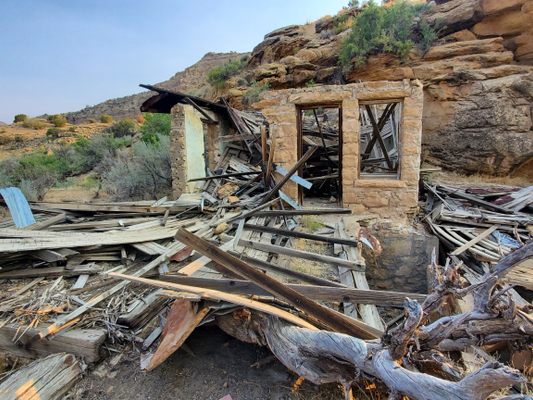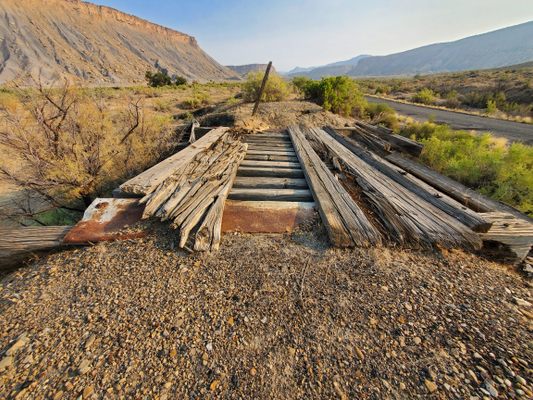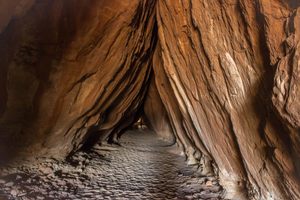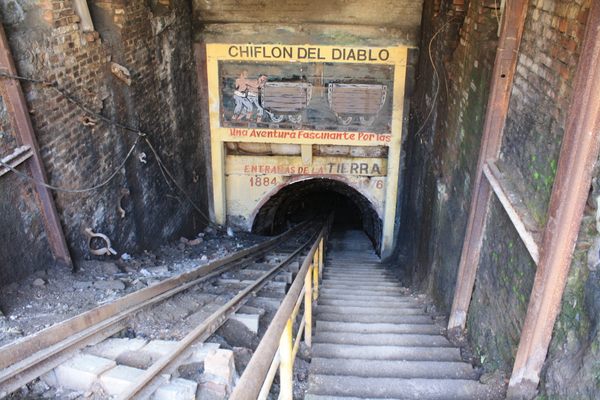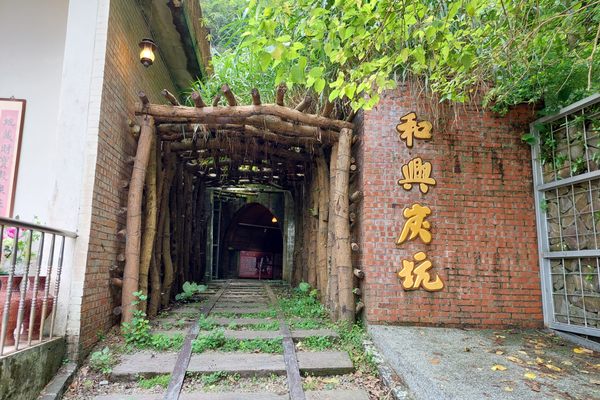About
A boom town is only as good as whatever made it go "boom".
In the case of Sego, Utah, it was coal. When English farmer Harry Ballard started quietly buying up as much property as possible around his settlement in the early 1890s, his neighbor, E.W Thompson, grew curious. Thompson had founded the modest little sheepherder's town of Thompson Springs, and Ballard sure was investing a lot in the surrounding land. Turns out, Ballard had discovered coal, and was swooping up as much of it as possible.
Thompson was no dummy, he offered Ballard a partnership–but they had no intentions of becoming coal miners. Whispers of Ballard's secret eventually hit Salt Lake City, and when it did, the clever businessmen founded Ballard & Thompson Railroad, selling Ballard's property to the highest bidder. That bidder was B.F. Bauer, who heard of the high quality find and bought out Ballard’s property. Wasting no time, he formed the American Fuel Company, and started selling stock valued at $1 million.
Sego continued to make people rich, but was plagued with problems. Water issues caused by the Denver and Rio Grande Western Railroad building a spur line that crossed the creek 13 times were relentless, the water table constantly low enough to slow operations. The spur trains had trouble staying on their tracks, and power breakdowns in the mines were constant. To fix the power issue, in 1916 shareholders agreed to securing service from Columbia at the painful price tag of over $100,000, making payroll a roll of the dice each time payday rolled around.
Despite miners going on strike and the never ending water problem, Sego chugged along. The miners joined a union in 1933, Denver and Rio Grande Western Railroad (D&RGW) eventually acquired Ballard & Thompson Railroad, and Sego enjoyed a heyday as coal production peaked in 1947.
But you know what they say, all good things...
Production costs finally caught up to revenue, and weary of the constant wash outs and track flooding, the railroad was abandoned in 1950. What was once a bustling mining company of at least 150 employees had dwindled down to just 27. Those 27 weren't ready to call it quits just yet, and with the support of two banks and a pooling of their resources, the resilient men breathed new life into the Sego Canyon mine. The first year was quite a success, and and it looked like a comeback was in the cards.
Then, Sego caught on fire. Twice. With fire-damaged or destroyed equipment, Sego was barely limping when the final blow was struck–the railroad converted from coal to diesel, and in 1955, it was officially left for the ghosts. Many of the buildings were moved to nearby Thompson, including the schoolhouse, and a flood in the 50s took out several of the abandoned homes left by the miners. What remains of the town that fought the good fight include foundations and dugouts, the old boarding house and company store, and coal seam fires still burn, causing ghostly smoke to rise up from the abandoned shafts.
Note that on the road in, there is a small pull-over/BLM park with some petroglyphs of interest.
Update May 2018: The only building left standing was the red rock building. Another rather large structure next to it (The original boarding house) was totally demolished, just a pile of wood.
Related Tags
Know Before You Go
The road in starts out paved but quickly becomes a (fairly well maintained) gravel road. However, that road crosses a dry "wash" several times on the way in. Rain in this area is uncommon, a rain storm can deluge the area and start to fill those washes. Strongly advise checking the weather forecast before entering ... these dry washes can become utterly impassible within minutes due to soil conditions not allowing absorption. The free range Long horn steer can startle you if your hiking and wearing head phones.
Community Contributors
Added By
Published
January 3, 2016


